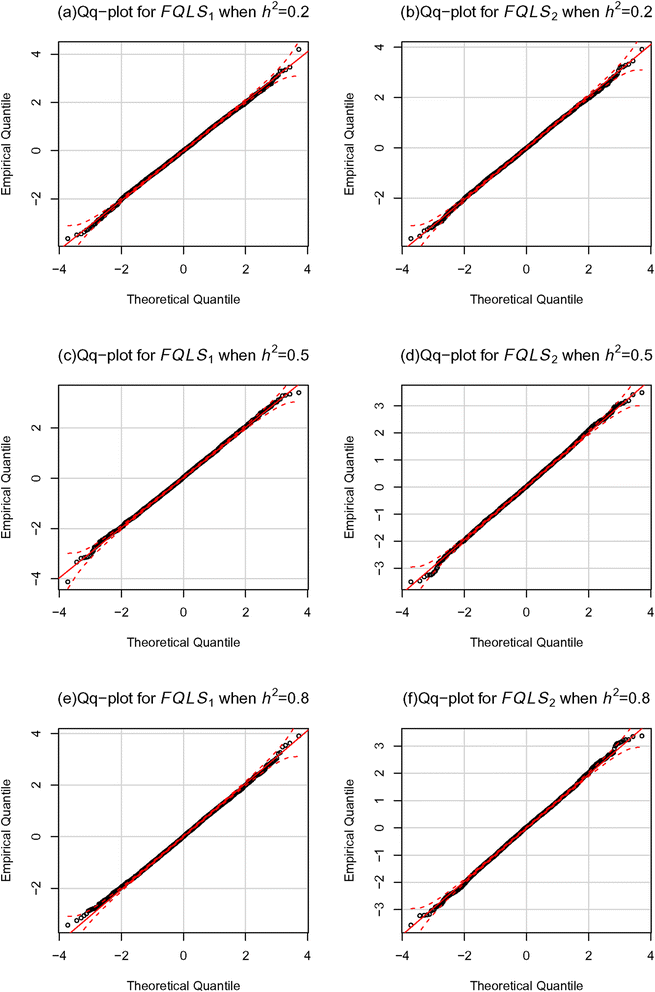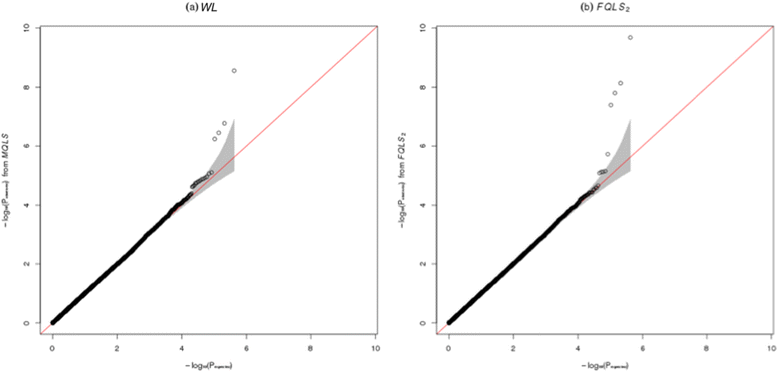Adjusting heterogeneous ascertainment bias for genetic association analysis with extended families
- PMID: 26286599
- PMCID: PMC4593209
- DOI: 10.1186/s12881-015-0198-6
Adjusting heterogeneous ascertainment bias for genetic association analysis with extended families
Abstract
Background: In family-based association analysis, each family is typically ascertained from a single proband, which renders the effects of ascertainment bias heterogeneous among family members. This is contrary to case-control studies, and may introduce sample or ascertainment bias. Statistical efficiency is affected by ascertainment bias, and careful adjustment can lead to substantial improvements in statistical power. However, genetic association analysis has often been conducted using family-based designs, without addressing the fact that each proband in a family has had a great influence on the probability for each family member to be affected.
Method: We propose a powerful and efficient statistic for genetic association analysis that considered the heterogeneity of ascertainment bias among family members, under the assumption that both prevalence and heritability of disease are available. With extensive simulation studies, we showed that the proposed method performed better than the existing methods, particularly for diseases with large heritability.
Results: We applied the proposed method to the genome-wide association analysis of Alzheimer's disease. Four significant associations with the proposed method were found.
Conclusion: Our significant findings illustrated the practical importance of this new analysis method.
Figures





References
-
- Clement K, Vaisse C, Manning BS, Basdevant A, Guygrand B, Ruiz J, et al. Genetic-variation in the beta(3)-adrenergic receptor and an increased capacity to gain weight in patients with morbid-obesity. New Engl J Med. 1995;333(6):352–4. - PubMed
Publication types
MeSH terms
Grants and funding
LinkOut - more resources
Full Text Sources
Other Literature Sources
Medical

